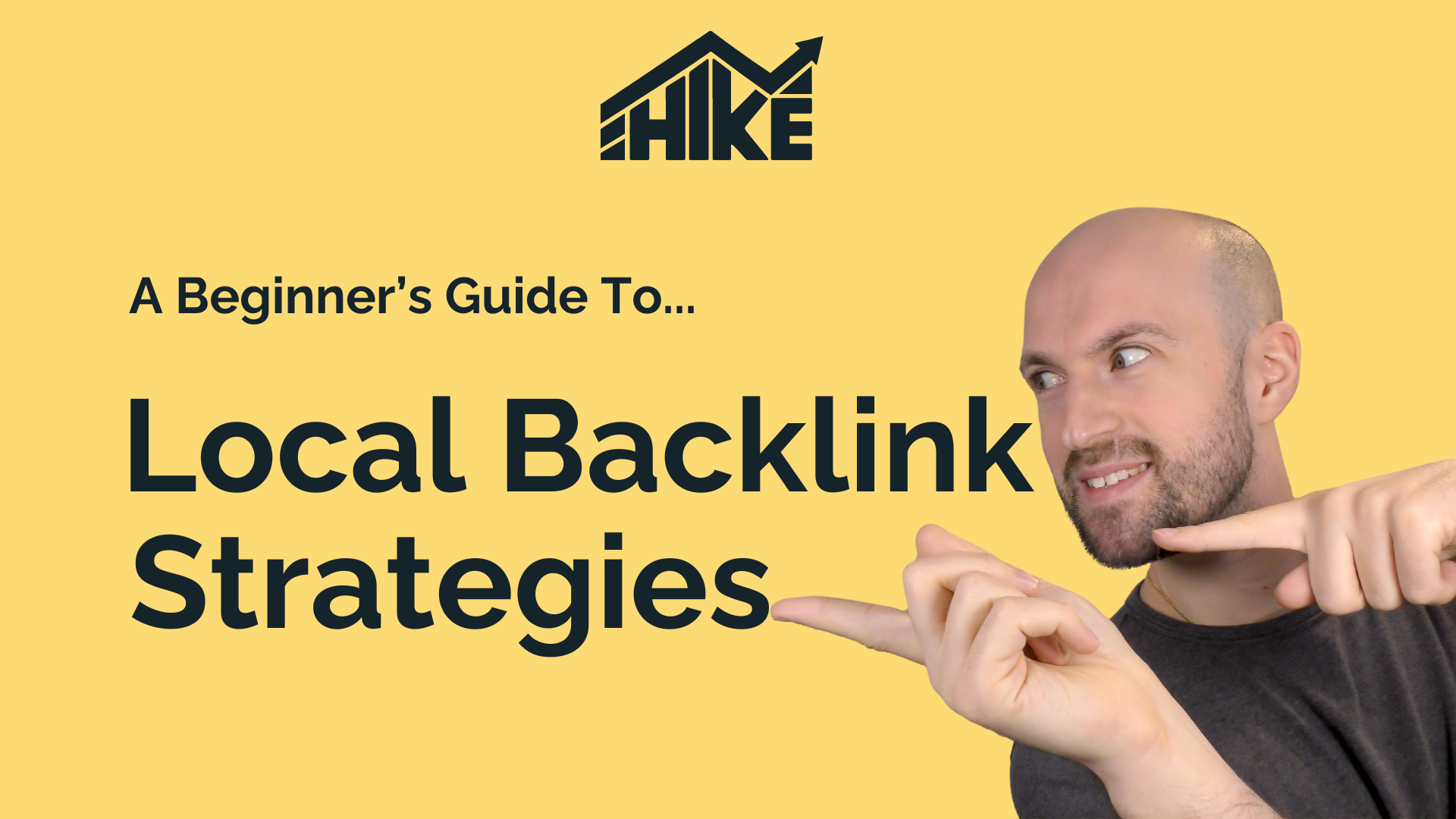In this video, we’re delving into the intricate world of redirects, focusing on the crucial distinctions between 301 and 302 redirects and their profound impact on SEO. Join me as we uncover the essence of redirects, their importance, and the best practices for implementation and troubleshooting. You can watch the video or read the text summary below:
Understanding Redirects
In this comprehensive guide, we’ll navigate through the fundamentals of redirects, deciphering the difference between 301 and 302 redirects, and exploring their significance in optimizing your website’s SEO performance.
What Are Redirects?
To kick things off, let’s define redirects. An HTTP redirect is a communication between the web server and the browser, informing the latter that the requested resource has moved to a new location or URL. This communication is accompanied by an HTTP status code, such as 301 (permanent redirect) or 302 (temporary redirect).
301 vs. 302 Redirects
- 301 Redirect:
- Permanent redirection, indicating the original URL has permanently moved to a new location.
- Transfers 90 to 99% of existing page authority and ranking power to the new URL.
- Browsers cache this response indefinitely, enhancing efficiency unless the cache is cleared.
- 302 Redirect:
- Temporary redirection, signaling the original URL’s temporary move to a new location.
- Does not pass on any authority or ranking power to the new URL.
- Browsers do not cache these pages, requiring a fresh request each time.
Why Are 301 Redirects Important?
Preserving Link Equity: Safeguard the link equity from valuable backlinks by transferring a percentage of it to the new page.
Consolidating Pages: Prevent dilution of rankings by consolidating multiple versions of pages or eliminating duplicate content.
Use Cases: Employ 301 redirects during site mergers, deletion of obsolete pages, or when changing domain names while maintaining SEO results.
Implementing Redirects
There are two primary methods to implement redirects:
- htaccess File:
- Suitable for more technical users or web developers.
- Involves accessing the htaccess file containing directives for server behavior, including redirection rules.
- CMS Plugin:
Common Errors and Troubleshooting
Avoiding 302 Overuse: Reserve 302 redirects for genuinely temporary situations; overuse can lead to SEO complications.
Updating Internal Links: After implementing 301 redirects, update internal links to the new page to minimize reliance on redirects.
Eliminating Redirect Chains: Use tools like Ayima Redirect to identify and eliminate redirect chains, optimizing page loading.
Troubleshooting Redirects
Google Search Console: Utilize tools like Google Search Console to identify crawl errors stemming from faulty redirects.
Hike SEO Platform: Leverage Hike SEO‘s comprehensive platform to automatically flag 404 errors and redirect issues, offering actionable insights for self-guided troubleshooting.
Site Migration and Redirects
Strategic Planning: Plan a redirection map meticulously when migrating sites or URLs to avoid 404 errors and streamline the process.
Continuous Monitoring: Regularly monitor website performance post-migration, identifying and resolving any lingering issues promptly.
Google Search Console Resubmission: Speed up reindexation by resubmitting new XML sitemaps through Google Search Console, ensuring a seamless transition.
Monitoring and Testing
Analytics Integration: Integrate Google Analytics to track traffic and engagement data associated with previous URLs, providing a holistic view of user behavior.
Identifying Drops in Traffic: Monitor organic traffic for unexpected drops, signifying potential errors in redirect setup.
Optimization Opportunities: Recognize opportunities for further optimization by analyzing user navigation patterns and adapting internal linking structures.
Thank you for joining this insightful exploration of SEO redirects. For any questions, reach out, and don’t forget to explore Hike SEO—a user-friendly platform tailored for beginners, small business owners, and agencies. Empower yourself with SEO control and intuitive tools. Visit hikeseo.co and embark on your SEO journey today. See you there!



